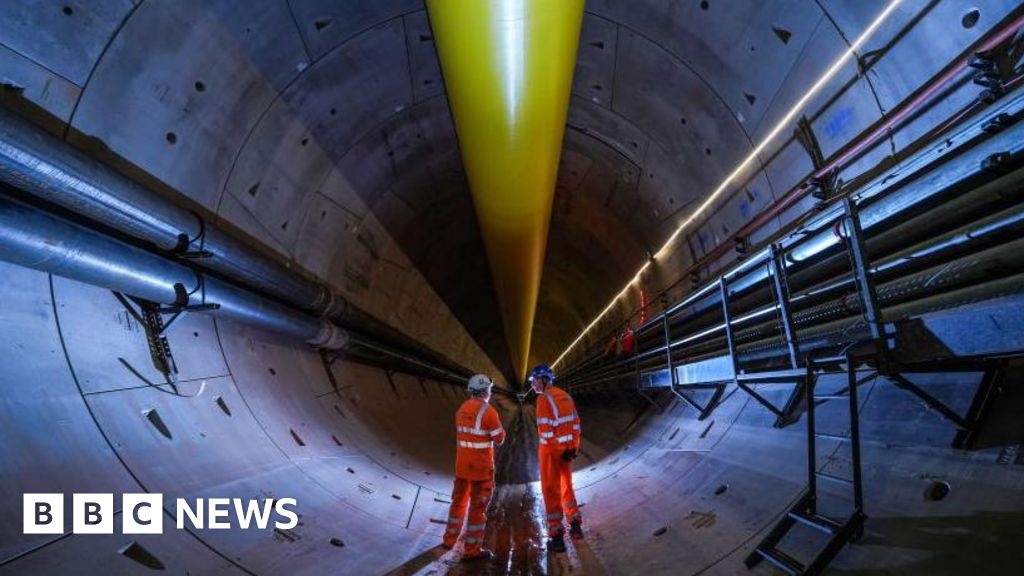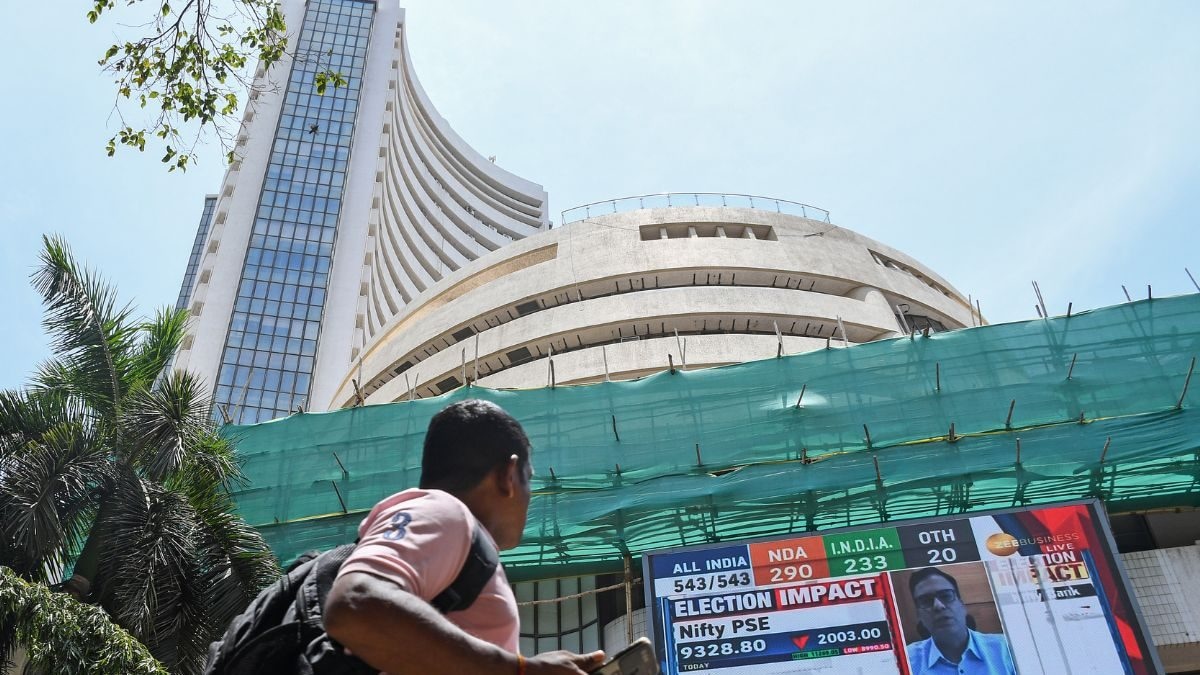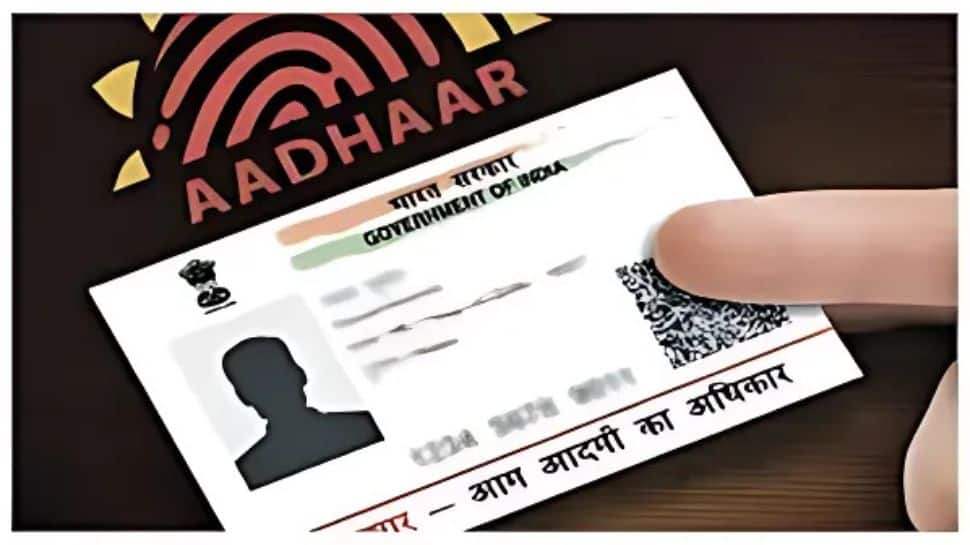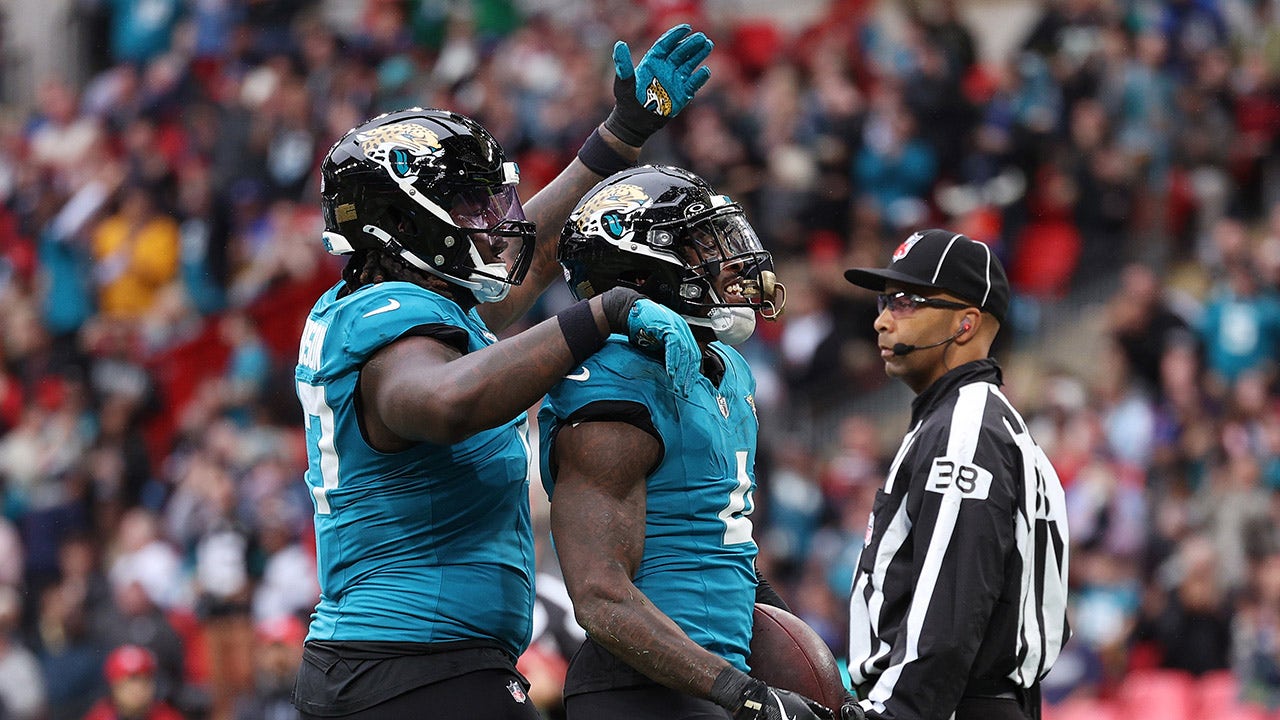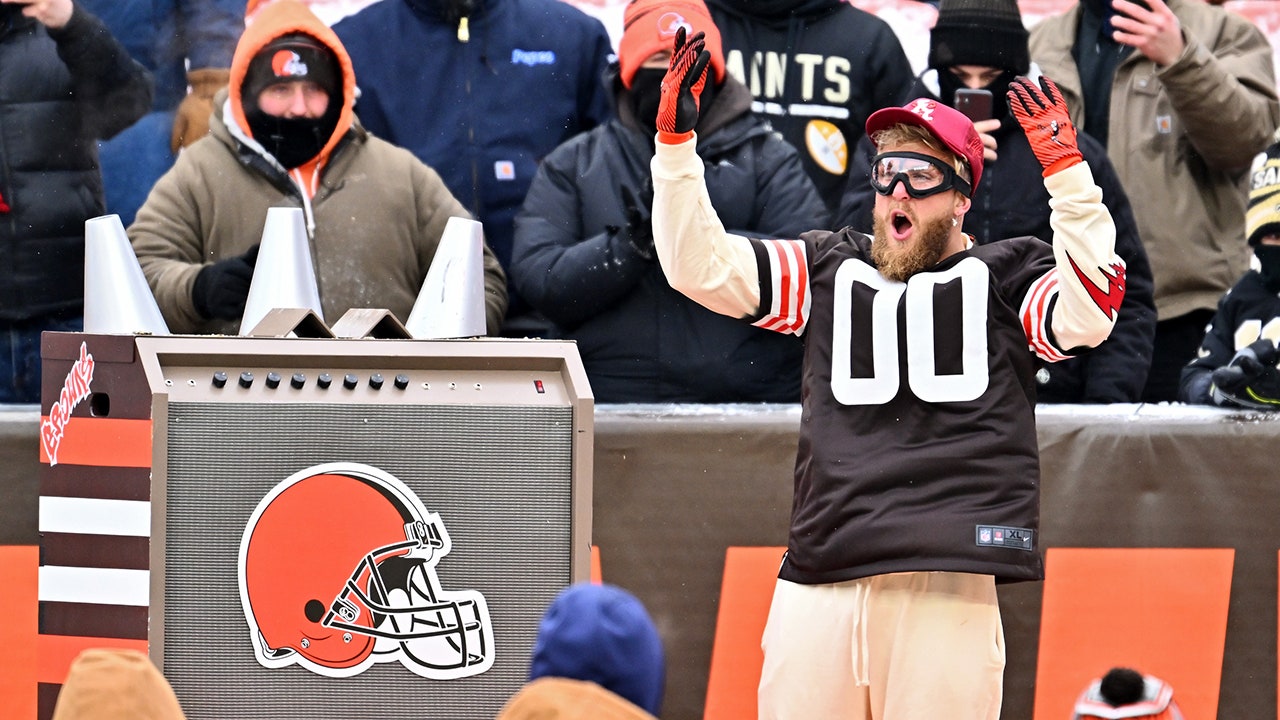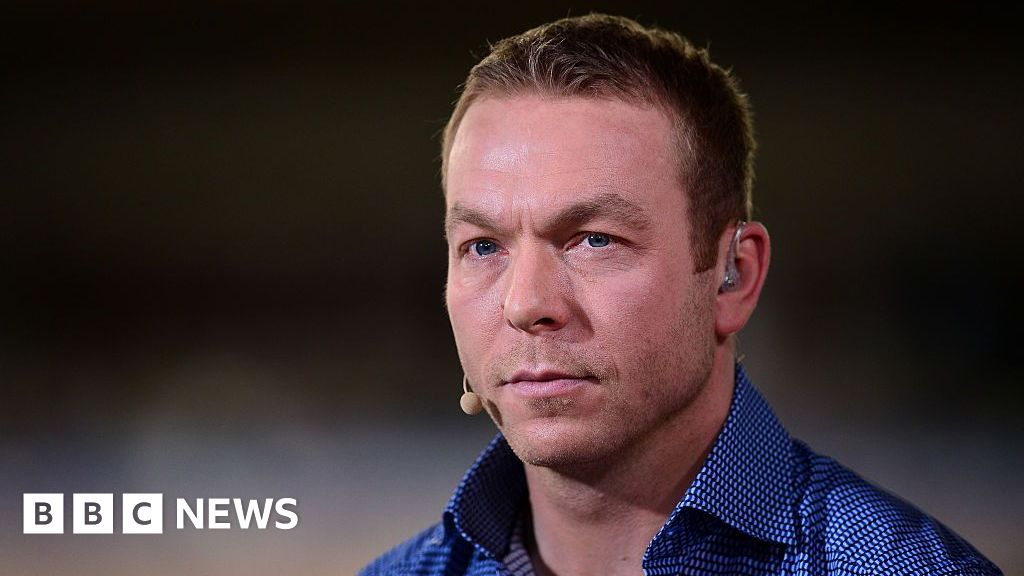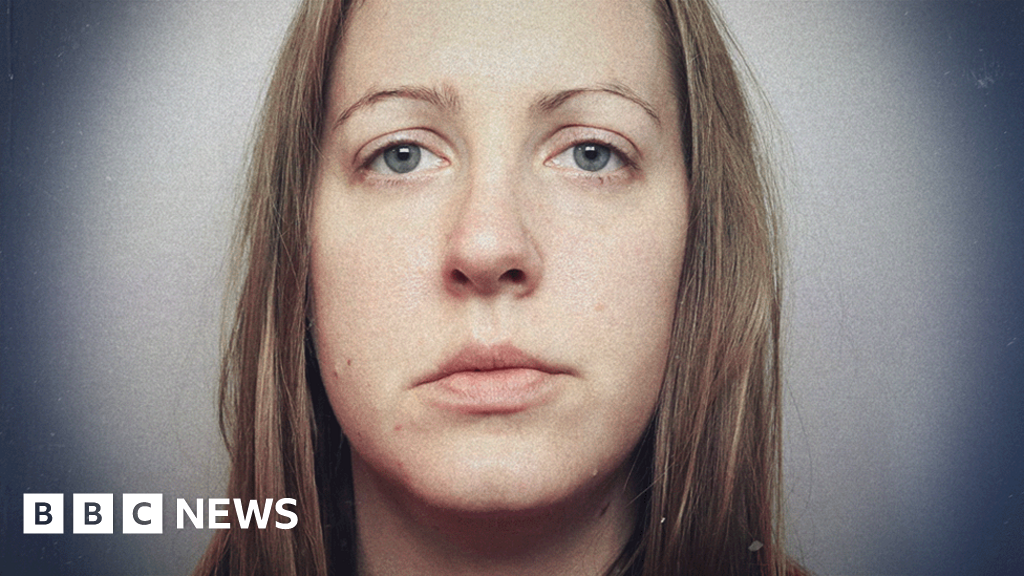“The Blair Witch Project” was released in theaters 25 years ago. It changed horror movies, and maybe cinema, too. But it also changed Burkittsville.
First, the film was a hit out of Sundance, parlaying early buzz into a $1.1 million sale to Artisan Entertainment. Then, beginning in July 1999, it became a worldwide box-office phenomenon, grossing nearly $250 million and haunting pop culture for months. (It was satirized by not just “Saturday Night Live” but even Scooby-Doo.) Its lo-fi found-footage aesthetic — which emphasized off-screen horrors rather than blood-soaked violence or elaborate creature design — inspired a vast subgenre that fundamentally changed how studios thought about making horror movies. Without “The Blair Witch Project,” there would have been no “Cloverfield,” “REC” or the Paranormal Activity series.
There also would have been fewer migraines in Burkittsville. At the height of “Blair Witch” mania, the town was inundated with superfans and, more worryingly, true believers in the movie’s faux-real premise. They caused traffic jams on the town’s two main streets, accosted locals to tell them the town wasn’t safe for their kids and, in a few cases, barged unannounced into people’s homes. “After 24 years of not doing it, I’m now locking the door,” one resident told The Washington Post at the time.
Burkittsville was, and presumably remained, ticked off.
At least that’s what Sánchez, 55, thought. “I knew the history,” he says. “There were a lot of things that happened that we couldn’t control, unfortunately.” Then, last year, he got an invitation from Burkittsville’s current mayor, Michael Robinson.
Robinson, 49, asked whether Sánchez would come to town. Could he do a Q&A? The event would be in the parking lot behind the Burkittsville Ruritan Club, where the town holds its local council meetings.
“‘Yeah, we’re going to do a screening,’” Sánchez recalls the conversation going. “I’m like, ‘Whaaaat?’”
Sánchez and Myrick had been slowly developing “The Blair Witch Project” for four years when they started scouting locations in Maryland. Sánchez, who was born in Cuba but grew up in Montgomery County, was living in the state at the time, while Myrick was down in Miami.
“It was kind of like a no-brainer that, of course, we’re gonna shoot it in Maryland,” Sánchez says. As a kid, he’d been drawn to the vast, spooky woods in rural parts of the state, which seemed perfect for a horror movie. During Myrick’s visits in the 1990s, they would drive around Frederick County. Eventually they stumbled upon Burkittsville, which fit the lore they were already inventing — graying hamlet, haunted forest, murderous hermit, plenty of graves.
“We were on this road coming up over this hill and saw this picturesque little town with the church steeple and the cemetery, and there’s a little bit of the mountain behind it,” Sánchez says. “It’s a beautiful place. Dan and I were both like, ‘Okay, there it is. That’s the town.’” They worked some of Burkittsville’s history into their mythos. They wanted a story that uncovered an evil with antebellum roots. Burkittsville was founded in 1824. “We always wanted to create this fake timeline where something weird had been happening in this area every 50 years,” Sánchez says.
Only a few scenes in the final cut of the movie were actually filmed in Burkittsville. Rei Hance (then using her birth name, Heather Donahue), Michael C. Williams and Joshua Leonard — the actors playing the three doomed documentary students at the center of the film — interview locals about the town legend while recording their own establishing shots of the town cemetery. “The setup interested me because they had a faux documentary that actually explained a little bit about the town itself,” says Paul Gilligan, a longtime Burkittsville resident who was mayor from 1995 to 1998. “In terms of setting up the story, I thought that was genius. They got more of the character of [Burkittsville]: isolated, small town, no one knows where we are or who we were.”
Gilligan, 77, credits the film’s found-footage style and clever early internet marketing strategy — which played up the notion that the Blair Witch and the three missing filmmakers were real — for the movie’s success. And also for unleashing a flood of people on Burkittsville.
“It was this place you would never suspect had this dark history,” Sánchez says. “Now, looking back on it, we wouldn’t have set it in Burkittsville if we knew the movie would blow up the way it did.”
How bad was it? “For a year straight, from sunup to sundown, there were people going by in slow cars with a camera,” says Deborah Burgoyne, 69, another former mayor of Burkittsville who has lived in the town for more than four decades. “And it was such a shock because the town didn’t know. They didn’t understand what was going on.”
Reports of “Blair Witch” tourists flooding the town’s streets, goth kids skulking around the cemetery at night, and thieves stealing the “Welcome to Burkittsville” sign featured in the movie eventually became a minor news event in and of itself. “Let’s face it, the movie is not about the Waltons or Mayberry,” Mayor Joyce M. Brown told The Post at the time of the film’s release. “We are a Christian community.” While some residents at the time described getting a kick out of the attention, many more seemed to just want the “Blair Witch” visitors to go away.
The incidents that stick with Burgoyne involve the people who, not realizing the story was fake, came to Burkittsville to rescue children in town from what they gathered was an actual cabal of witches, almost like a Catoctin QAnon.
“They would be disappointed because they thought we were stupid locals who didn’t know [about the Blair Witch] or we were hiding something,” she says. “We brainwashed the kids who are here.”
Burgoyne recalls sitting on her front porch with her then-5-year-old daughter, who had just gotten off the school bus. A woman in a Bentley with Florida license plates pulled up in front of the house and started to interrogate Burgoyne about the Blair Witch’s whereabouts.
“I’m like, ‘It’s not real.’ And she’s arguing with me, and then she realizes [my daughter] is on the porch with me, and the woman says, ‘You have children here!?’” Burgoyne recalls. “And I turned around, looked at [my daughter] and turned back to the woman and said, ‘That’s not my child; that’s my lunch!’ And I yanked her and ran back into the house.”
Just over a year after the release of “The Blair Witch Project” came “Book of Shadows: Blair Witch 2,” a sequel that Artisan rushed into production without the involvement of Sánchez or any of the original film’s cast and crew. It also briefly filmed in Burkittsville and was universally panned.
In the DVD commentary, director Joe Berlinger describes meeting with Burkittsville leaders about the project, only to be shooed out of town. “It really was like villagers with torches,” Burgoyne says of that sit-down. As it happened, that film’s plot centered on fans of the first film obsessing over its footage and descending on its setting.
In real life, the fans kept coming in smaller and smaller numbers. Robinson, the current mayor, still happens upon strangers in the town cemetery every now and then.
“You get the occasional people who are like, ‘I want to find the graves of the children who were murdered,’” he says. “And I have to tell them, ‘Well, they’re not real, so they’re not here. You can find a bunch of infants who died back in the 1800s because they didn’t have vaccines, though.’”
Robinson differs from his predecessors in a key way: He’d like the “Blair Witch” tourists to come back.
It’s not just because Robinson is a fan of the film (he stresses he’s not a die-hard), but because he thinks the town deserves to see some benefit from the landmark movie’s success. Robinson is relatively new to Burkittsville — he moved there with his family in 2016 and became mayor in 2022 — but says that he rarely hears people complaining about “Blair Witch”-related incidents these days.
Others would also like Burkittsville to get its piece. Burgoyne recalls several locals trying to sell Burkittsville merchandise emblazoned with the movie’s stickman logo to tourists, only to be met with legal threats. “When they found out people in town were profiting in any way, they sent cease-and-desist orders,” she says.
The three co-stars have an even bigger beef with the distributor of “The Blair Witch Project.” They recently penned an open letter asking Lionsgate, which acquired Artisan in 2003, to provide them fair compensation and back pay for their work on the film. The movie wasn’t filmed under a union contract, as Variety detailed, so Leonard, Hance and Williams have made only a tiny fraction of the movie’s earnings. Sánchez declined to comment specifically on the dispute, citing a nondisclosure agreement, but said he and the original “Blair Witch” team support the three actors’ efforts. “Generally speaking, artists are always exploited,” Sánchez says.
Like its stars, Burkittsville seems to be permanently entwined with “The Blair Witch Project.” “It would be great if the town would make any money off of this stuff,” Robinson says. “Because we haven’t for 25 years.”
To celebrate the film’s 25th anniversary, Robinson has organized another screening in Burkittsville in September. Like last year’s event, the profits will benefit the Burkittsville Union Cemetery — the cemetery featured in the beginning of the film — which Robinson says has experienced wear and tear from the thousands of “Blair Witch” visitors over the years. “It’s not cheap to maintain a cemetery, especially in a small town like this one,” he says.
Sánchez, who went on to make more horror films and has a career directing for TV, will also be back. Before the 2023 screening, he had returned to Burkittsville only once since the original film production, to pose for photos for a 2019 article in a local newspaper about the movie’s 20th anniversary. But last year’s gathering was the first time the town rolled out the red carpet for him.
Under the long, wooden pavilion behind the Burkittsville Ruritan Club, Robinson introduced Sánchez, along with a few locals who were briefly featured in the film, to a standing ovation. There were residents from Burkittsville and other nearby towns in attendance, as well as folks who traveled to the screening from all over: New York, California, the U.K.
For 30 minutes or so, Sánchez took questions. But mostly, people were as shocked as he was that he had come back to town.
Locals shared war stories from the aftermath. Burgoyne recalled how the Frederick County Sheriff’s Office had to divert resources to attend to the hundreds of calls it got from angry people who thought the movie was real. (A spokesperson for the sheriff’s office said it had to “pay special attention to that area for some time because of the problems the movie created for the residents.”) But in that moment, Sánchez didn’t feel bad anymore. It was clear that Burkittsville was finally proud to be the “Blair Witch” town.
After the Q&A, the pavilion lights were dimmed, and a silence fell over the crowd, disturbed only by cricket chirps and the low drone of cicadas in an abutting corn field. The film’s opening title card flashed onto the screen:
In October of 1994, three student filmmakers disappeared in the woods near Burkittsville, Maryland while shooting a documentary.
A year later their footage was found.
Robinson remembers standing in the back with Sánchez: “About 15 minutes after it started, he turned to me and said, ‘I never thought this would happen.’”







